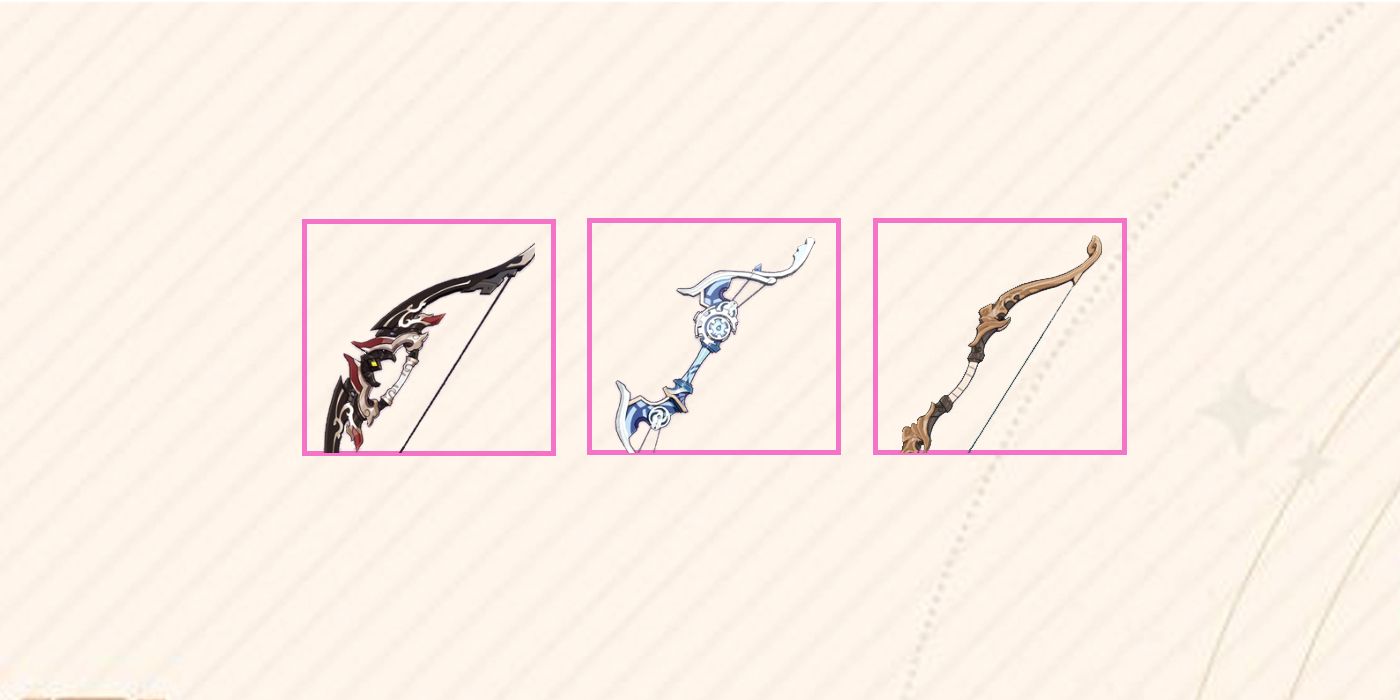id=”article-body” class=”row” section=”article-body”>
NASA astronaut Shane Kimbrough works with the Plant Habitat-04 experiment and a set of 48 Hatch chile pepper seeds. I’ve always been a little wary of the idea of going to space, living in orbit and funmp3players having to be far away from things l love, like New Mexico green chiles. But I can go now. There are officially chiles growing on the International Space Station, NASA said in a statement on Tuesday. As a PSA, we spell it “chile” with an “e” here in New Mexico. The plants on the ISS are growing from NuMex “Española Improved” pepper seeds, a hybrid Hatch chile pepper. Hatch refers to a town in southern New Mexico and a region of the state known for its chiles. This week, NASA astronaut Shane Kimbrough added water to the Plant Habitat-04 (PH-04) experiment to start the seeds in orbit after they arrived on a SpaceX cargo ship in June. Peppers aren’t an instant-gratification plant. It will take about four months to see them through harvest. “It is one of the most complex plant experiments on the station to date because of the long germination and growing times,” said PH-04 principal investigator Matt Romeyn. <iframe id="iframe_youtube" class="optanon-category-3" website
Here on Earth, we eat Hatch chiles in a couple of different ways. When harvested green, we roast them with fire, peel off the skin and use them chopped or in sauces or recipes. Leave them on the plant and they turn red. We usually let the red ones dry and then powder them for sauces and flavoring. There’s no chile roaster on the ISS, but that won’t stop the peppers from going down the hatch. “The plan is for crew to eat some of the peppers and send the rest back to Earth for analysis, as long as all the data indicates they are safe for the crew to eat,” NASA said. This is how we deal with green chile in New Mexico. Lots of fire. The astronauts will give feedback on the texture and flavor while researchers will also measure how hot the peppers grown in space are compared with a batch grown back on Earth. NASA is looking at ways to supplement astronaut diets with fresh foods grown in space. Astronauts have already enjoyed some microgravity salad from lettuce grown on the station. It’s not just nutrition that’s important for space dwellers. “We are discovering that growing plants and vegetables with colors and smells helps to improve astronauts’ well-being,” Romeyn said. In New Mexico, we’re already tuned in to the emotional and psychological benefits of eating chile peppers. We can now export our official state question up to the ISS: “Red or green?” It’s OK to say “both.” Follow CNET’s 2021 Space Calendar to stay up to date with all the latest space news this year. You can even add it to your own Google Calendar.
<div class="videoPlayer " data-component="videoPlayer" website

NASA
window.CnetFunctions.logWithLabel(‘%c One Trust ‘, “IFrame loaded: iframe_youtube with class optanon-category-3″);
Amanda Kooser/CNET
